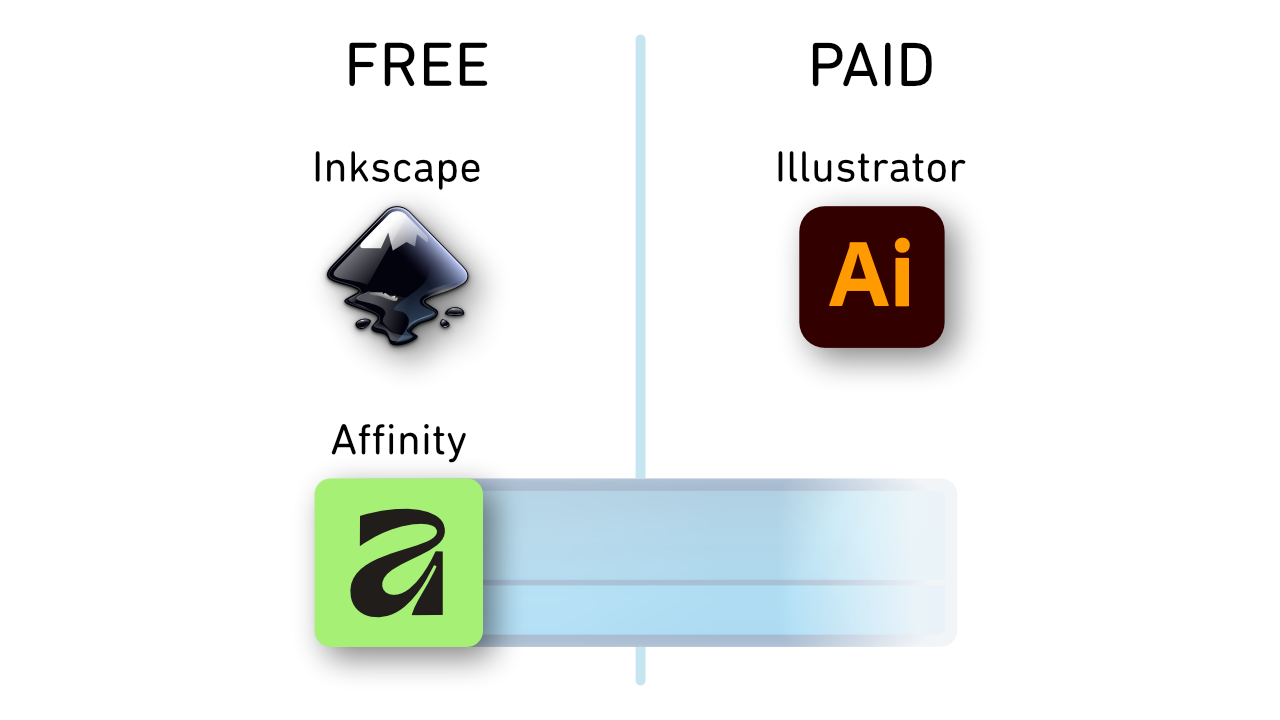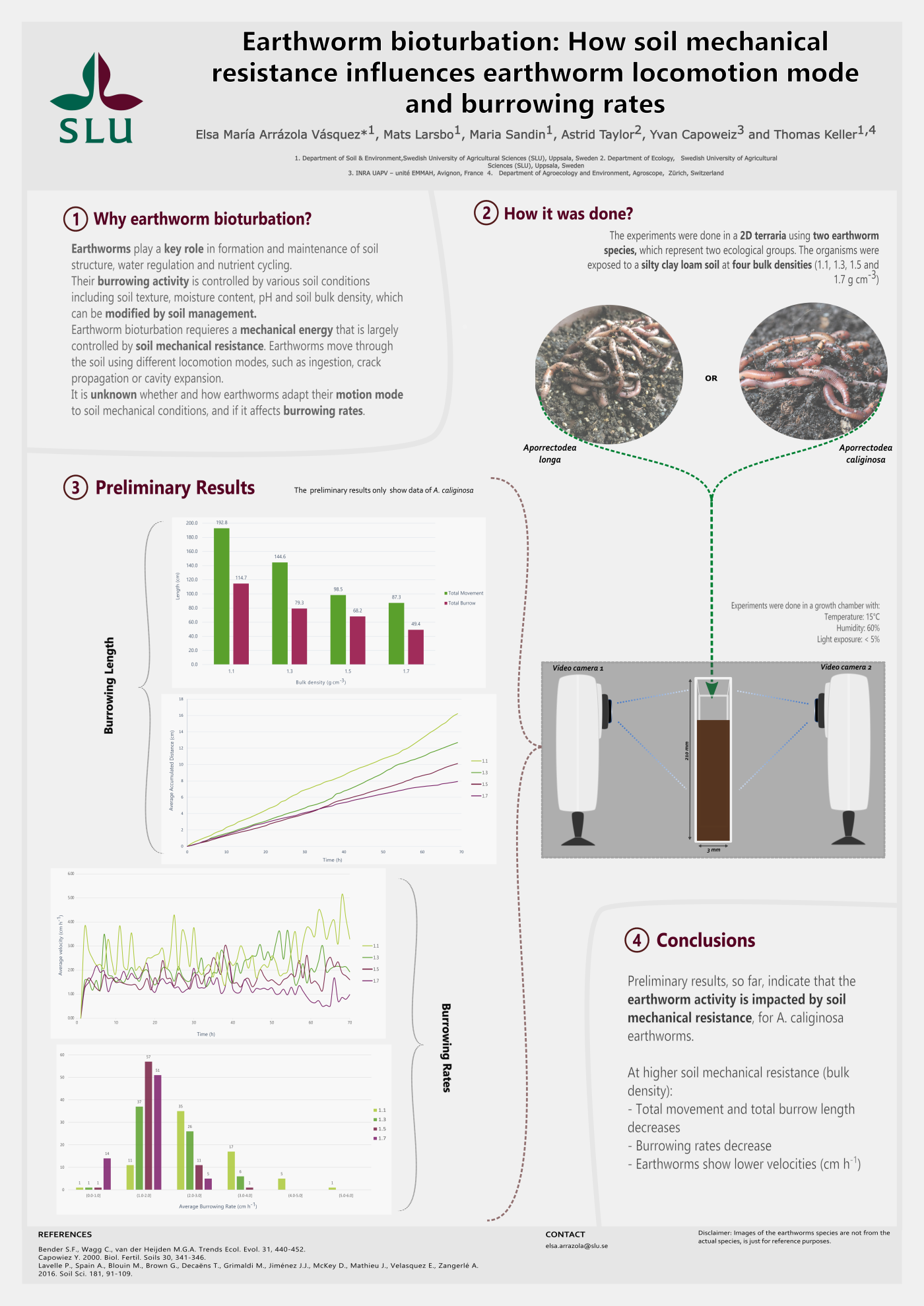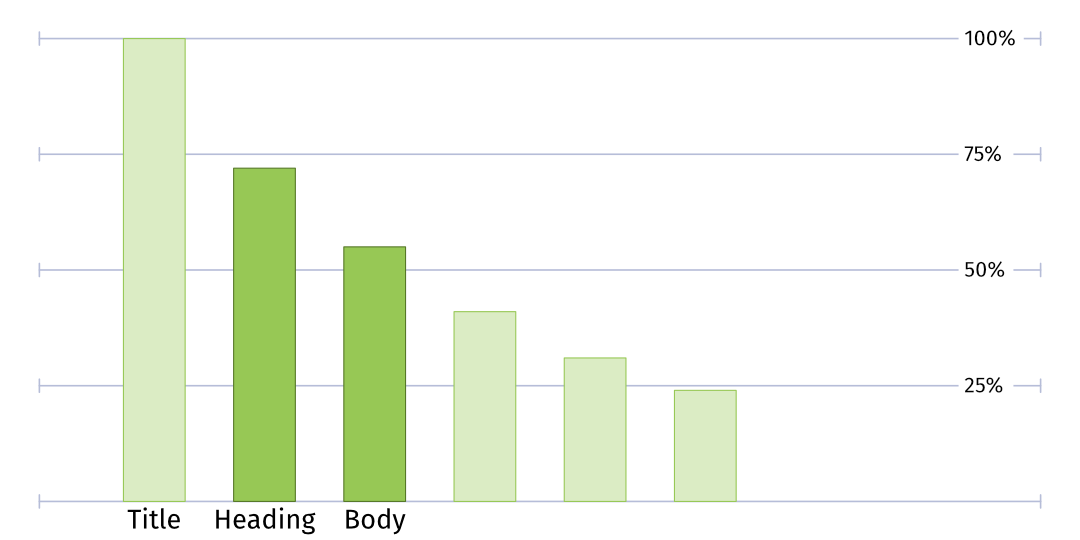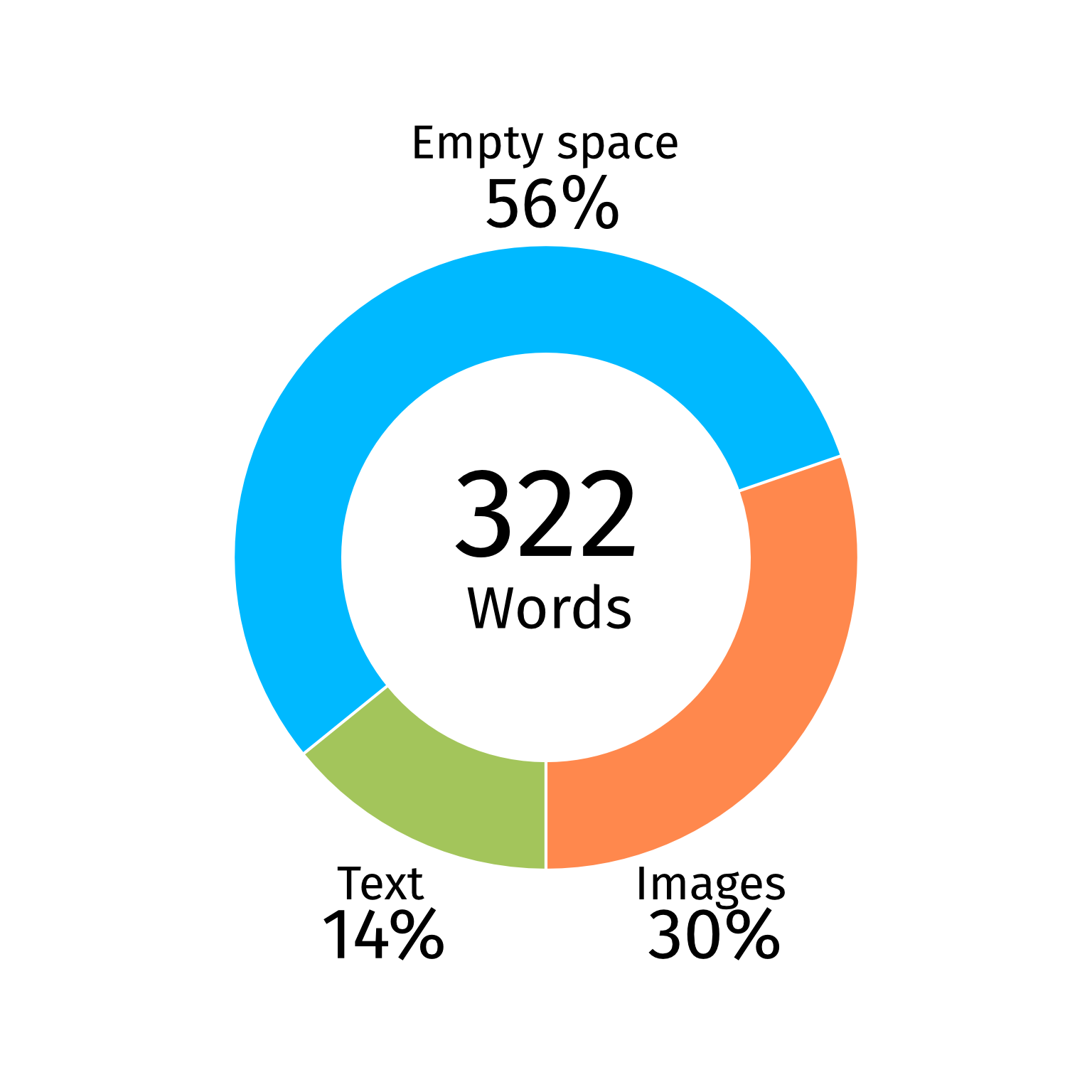What does “free” really mean?
Affinity by Canva is now “completely free, forever”. Everyone
gets access to vector, pixel, and layout tools – the full Affinity V2 suite, sparkled
with some new features. All you need is to download the app and create a Canva
account. That’s it!
However, AI tools like Generative Fill, Expand & Edit, and Remove Background are locked behind a premium Canva account. Users must also choose whether Canva can use their creations to train its AI.
What does it mean for our students?
Students can still choose between three different illustration tools: Affinity, Inkscape, and Illustrator. The big difference? Two out of three are now free. During a transition period, we’ll teach both Affinity Designer V2 and the new Affinity.
What does it mean for current Affinity suite users?
If you own Affinity Designer V1 or V2, you can keep
using them forever. But to access the new Affinity, you’ll need a Canva
account. The upside? You effectively get access to Affinity Photo and Affinity
Publisher for free.
This opens new workflows and new limits to what users can create. The new Affinity makes it especially easier to 1) edit photos, 2) combine photos with vector graphics, 3) work with advanced text layout, and 4) work on multi-page documents.
What does it mean for Inkscape users?
Inkscape users are now given another free option. The Affinity option also includes photo and layout
tools, plus the backing of a billion-dollar company (whether that’s a pro or con,
I’ll leave to you). However, switching means leaving the wonderful open-source community
and signing up for a Canva account.
For new users, it may come down to personal preferences between Inkscape and Affinity, or a desire to support open source.
What does it mean for Adobe Illustrator users?
Illustrator users might want to check out the new
Affinity. Much like Adobe, Affinity is
built on a well-established platform and run by a big, experienced company. That
might feel a bit more reassuring than going open source.
Many Adobe users I’ve spoken to are all impressed by
the seamless integration between Affinity Designer, Photo, and Publisher. Maybe
the new Affinity will push Adobe to integrate Illustrator, Photoshop, and InDesign
in a similar way (or become a reason for users to switch).
Of course, Illustrator users are used to AI tools, which they would miss out on by switching to Affinity. Luckily (?), Adobe users are accustomed to monthly subscriptions, and paying for Canva Premium would partly address this concern.
Final thoughts
The new Affinity is here. It’s free. And it might just be the biggest design news of the decade. We’re excited that we all now have more tools than ever to visualize science and can’t wait to see what our students will create!

Left aligned image with wrap-around text.
Lorem ipsum dolor sit amet, consectetur adipiscing elit. Vivamus semper lobortis risus id bibendum. Nulla sit amet magna ut felis tempor facilisis. Quisque scelerisque nunc at arcu volutpat lobortis. Cras pellentesque, lacus a scelerisque pellentesque, odio massa pharetra ligula, ut pharetra arcu tortor eget neque. Cras ut neque tincidunt, consectetur massa in, viverra tellus. Vestibulum laoreet sapien metus, vitae volutpat ipsum viverra vel. Suspendisse ligula nisi, aliquam ut velit ac, fringilla convallis nisi. Phasellus quis metus pharetra nibh finibus iaculis.

Lorem ipsum dolor sit amet, consectetur adipiscing elit. Vivamus semper lobortis risus id bibendum. Nulla sit amet magna ut felis tempor facilisis. Quisque scelerisque nunc at arcu volutpat lobortis. Cras pellentesque, lacus a scelerisque pellentesque, odio massa pharetra ligula, ut pharetra arcu tortor eget neque. Cras ut neque tincidunt, consectetur massa in, viverra tellus. Vestibulum laoreet sapien metus, vitae volutpat ipsum viverra vel. Suspendisse ligula nisi, aliquam ut velit ac, fringilla convallis nisi. Phasellus quis metus pharetra nibh finibus iaculis.

